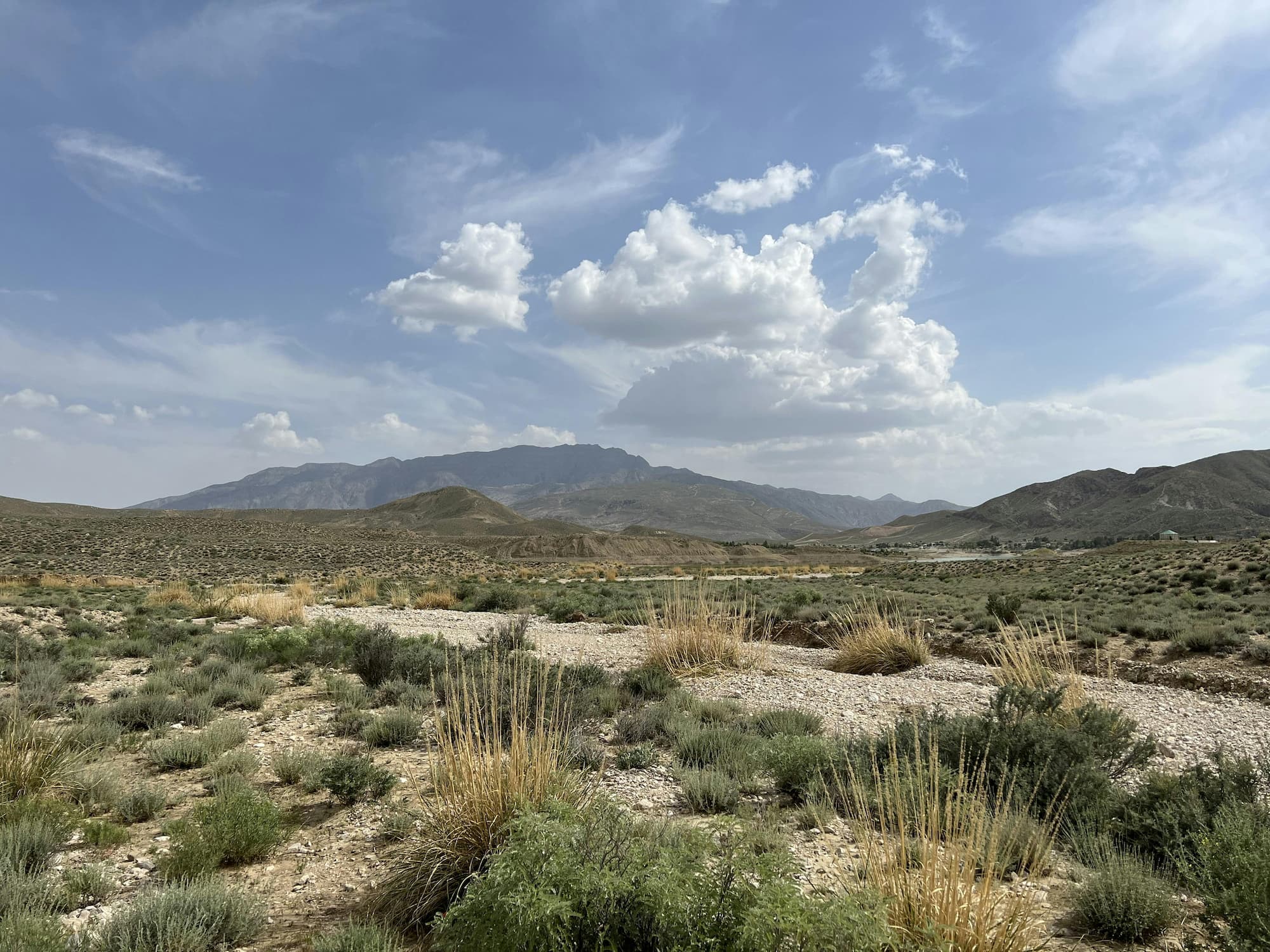Shoreline and Riverbank Erosion, Sediment Load and Transport
Use Case Description
Coastal and riverine environments are constantly reshaped by natural forces such as wave action, river discharge, storms, and tidal cycles, as well as by human activities like construction, deforestation, and dredging. Satellite data, particularly multi-temporal optical and radar imagery, can be leveraged to map and analyse these dynamic changes over time. Earth Observation (EO) enables the detection of subtle shifts in shoreline positions and riverbank lines, helping to quantify rates of erosion or deposition. This is crucial for identifying areas at risk of land loss or flooding.
EO plays a key role in understanding and monitoring the dynamic processes affecting coastlines and riverbanks, such as erosion, accretion, sediment movement, and deposition. By analysing sediment load and transport, EO helps monitor suspended sediments in rivers and nearshore waters, which can impact aquatic habitats, water quality, and the stability of riverbeds and estuaries. EO imagery also facilitates the observation of sediment plumes, identifying sources of sedimentation such as deforestation, mining, or construction upstream.
The insights generated through EO data are invaluable for infrastructure planning, particularly in vulnerable coastal and riparian zones, where erosion can jeopardise roads, buildings, or farmland. Additionally, EO data supports the design of erosion control measures, such as mangrove restoration or engineered buffers. This use case contributes to disaster risk reduction, climate adaptation, and the development of sustainable land and water management strategies.



